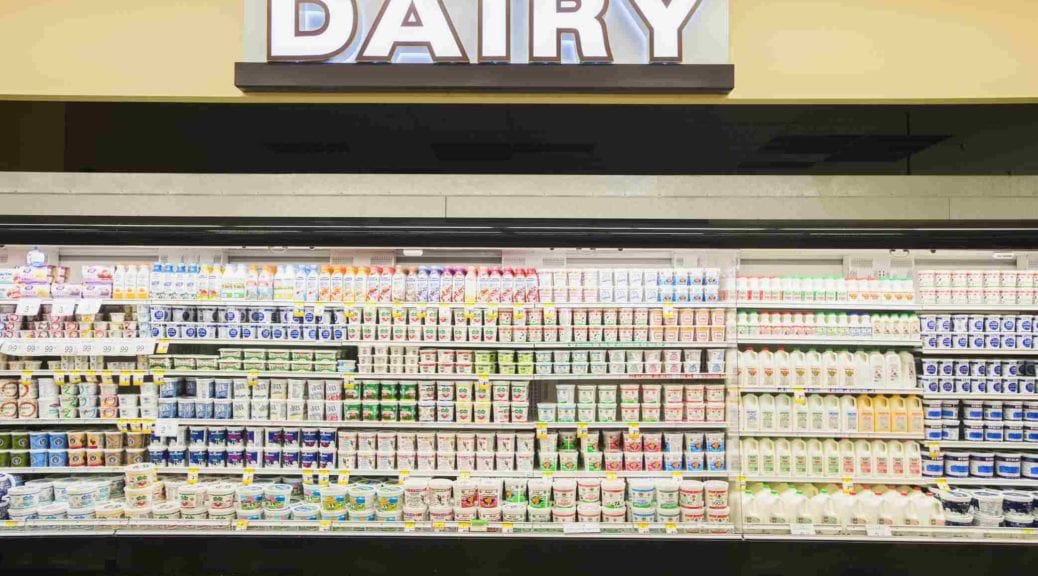
Celebrate National Dairy Month with real dairy
By McKenzie Hettinga
My family and I love milk – ice cold, delicious and nutritious. We love real milk and all the wonderful dairy products made with it. Have you ever thought about milking an almond? How about a coconut? When you really think about it, it’s pretty silly.
Milk – real milk – comes from a lactating animal. That is the true definition, according to the federal government. So why is it that when I visit the grocery store the dairy case is full of these other products that call themselves “milk” when they come from plants? Shouldn’t they be called “juice” or something else?
It’s not just fluid milk that is being imitated. We are seeing foods labeled “cheese,” “butter,” “yogurt” and “ice cream,” all products traditionally made with dairy milk, that contain zero dairy. Using dairy terms on these “knock off” products is misleading to consumers.
Dairy farmers all across our great nation work tirelessly to care for their animals and to produce true, healthy and natural milk. They want nothing more than to provide safe, wholesome dairy products for you and your family to enjoy.
June is National Dairy Month and a great time to start the practice of reading labels on your dairy products at the grocery store. You will find that real milk is a nutritionally packed product with a short ingredient list – milk, vitamin A and vitamin D. Compare that to almond “juice,” and I bet you will be surprised. You can’t milk an almond, and it takes many ingredients to turn a nut into a liquid!
As a mother of three young boys, I take nutrition seriously. The U.S. Department of Agriculture states that real milk contains nine essential nutrients that are key in the diets of children. Plant-based imitations may be fortified, but they come up short when compared to the availability of nutrients naturally found in dairy milk.
It’s confusing as a consumer to try and navigate the multiple products labeled milk. A survey released in August showed that 73% of consumers believe that almond-based drinks have as much, or more protein, than dairy milk. That is just not correct. Milk has eight grams of protein in an eight-ounce serving – four times the amount found in a similar serving of almond a juice!
On the national level, dairy farmers and allies are working with Congress to pass the DAIRY PRIDE Act to protect consumers and end misleading labels. It will let consumers easily identify true dairy products. We already know that many people are confused, frustrated and put off by the dairy case today. Buying milk should be a straightforward, positive experience.
As a mother and a dairy farmer, I strive to provide my boys with the nutrients they need to grow into strong, healthy young men. I know that the milk I buy in the grocery store – real milk – is nutritionally dense, safe and delicious.
As we start National Dairy Month, I hope that you take a moment to check the labels and enjoy some of nature’s perfect food!
McKenzie Hettinga is a fourth-generation dairy farmer and a member of the Texas Association of Dairymen Board of Directors. The Hettinga family milks Holsteins on their family-owned and operated dairy in Farwell, Texas.